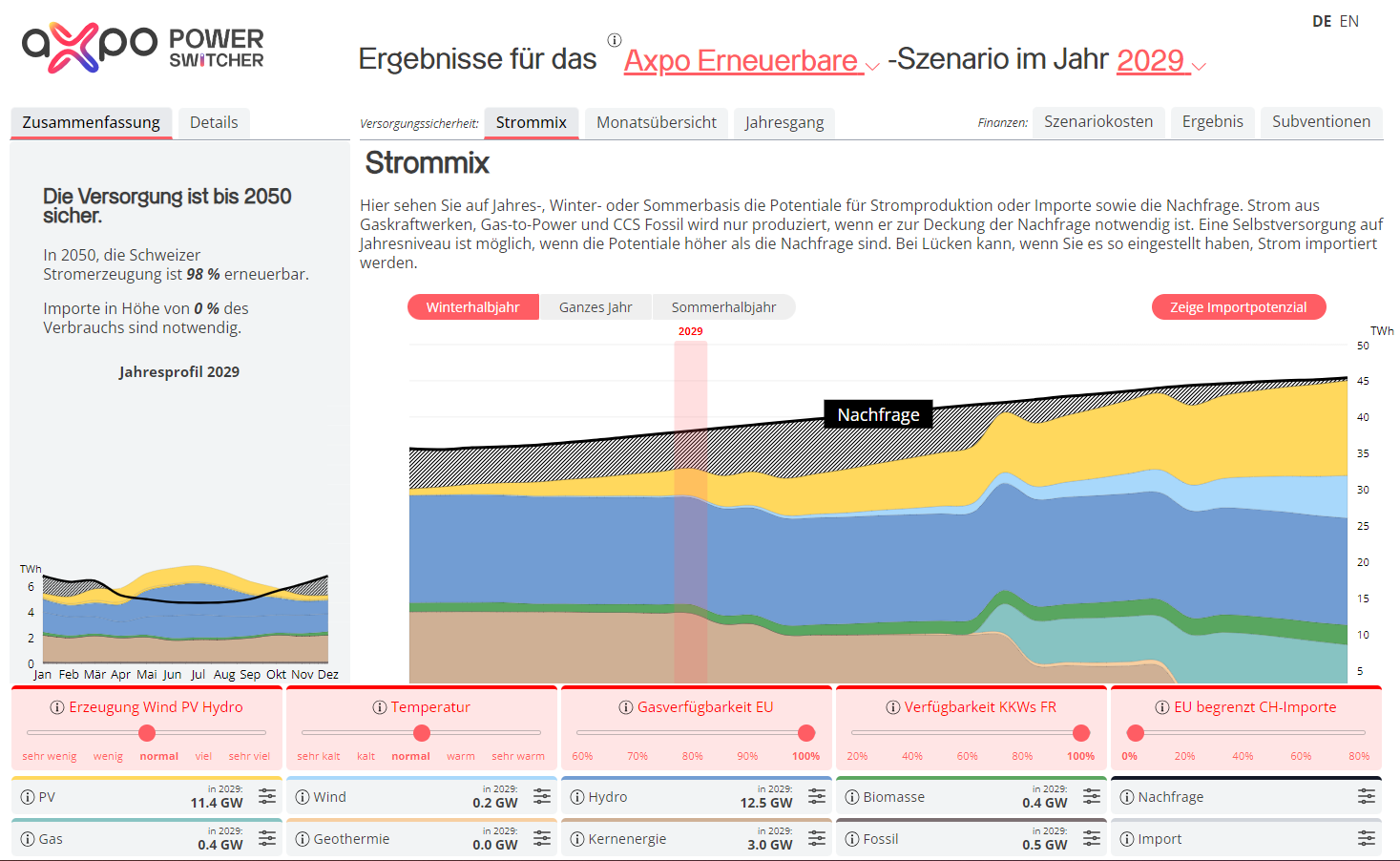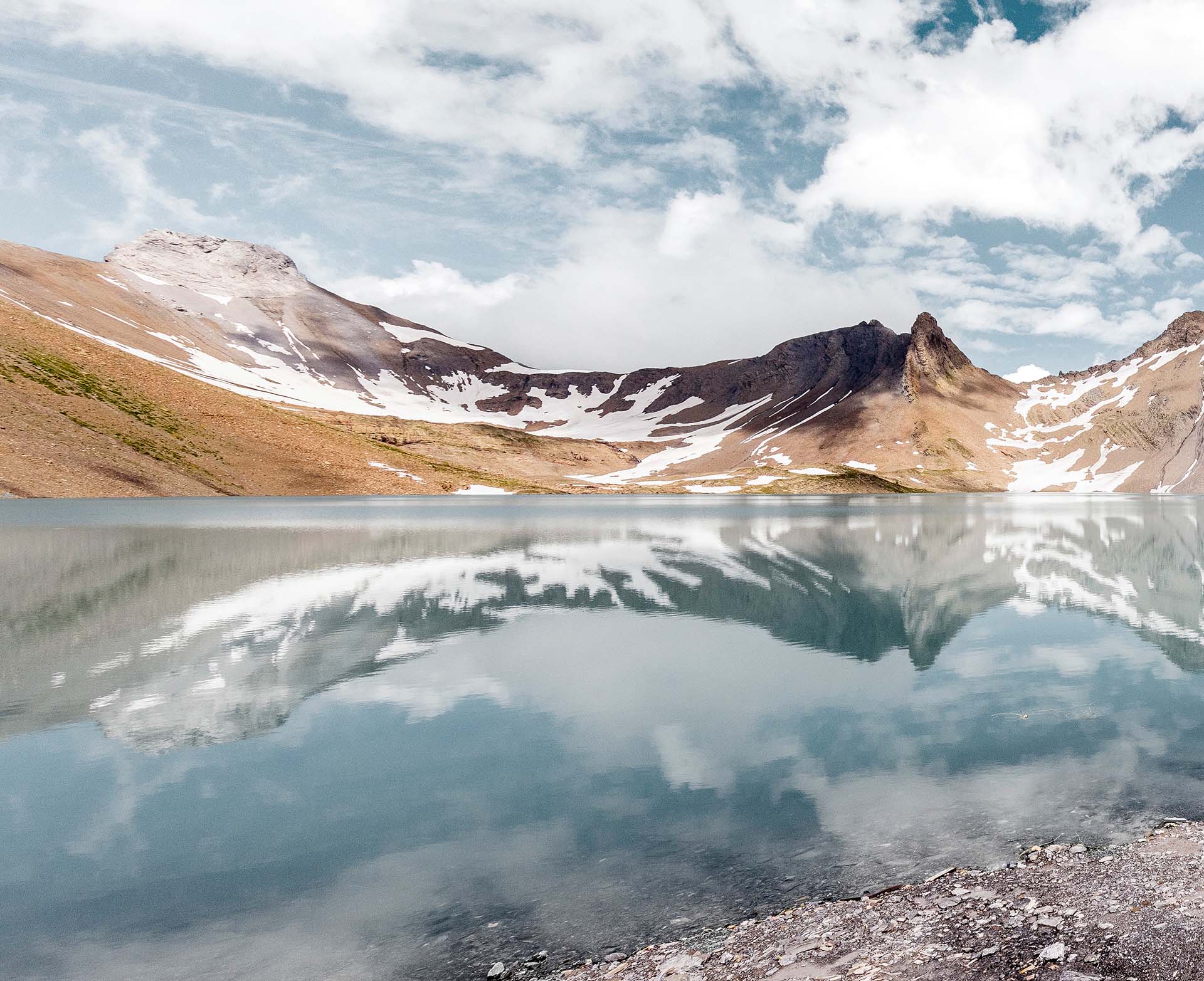We shape the energy of tomorrow
Axpo is driven by a single purpose – to enable a sustainable future through innovative energy solutions. Axpo is Switzerland's largest producer of electricity and an international leader in energy trading and the marketing of solar and wind power. Axpo combines the experience and expertise of about 7500 employees who are driven by the passion for innovation, collaboration and impactful change. Using cutting-edge technologies, Axpo innovates to meet the evolving needs of its customers in over 30 countries across Europe, North America and Asia.
Employees
Years of experience
Countries
Together with its partners, Axpo operates more than 100 power plants in Switzerland. Our climate-friendly Swiss electricity mix features reduced CO2 emissions and consists of hydropower, biomass, solar, wind and nuclear energy. We are not only the largest producer of hydropower but also the largest producer of renewable energy in Switzerland.
In Europe, Axpo focuses on solar and wind energy with investments in technically and economically suitable locations. Our wind farm portfolio includes plants in France, Italy and Northern Europe. Through our subsidiary Volkswind, we also contribute our expertise to the planning, project mapping and construction of wind farms. With our subsidiary Urbasolar, we are active in the entire solar energy value chain.
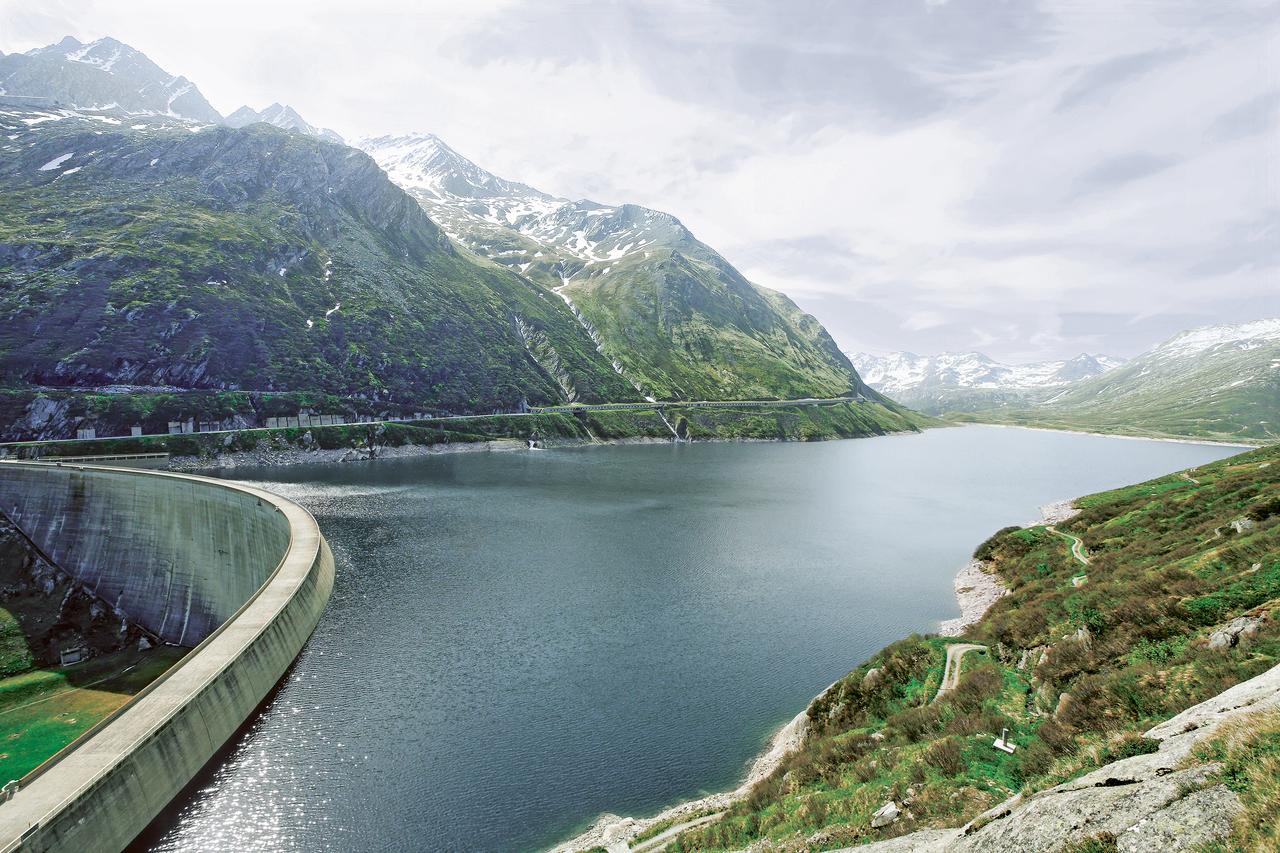
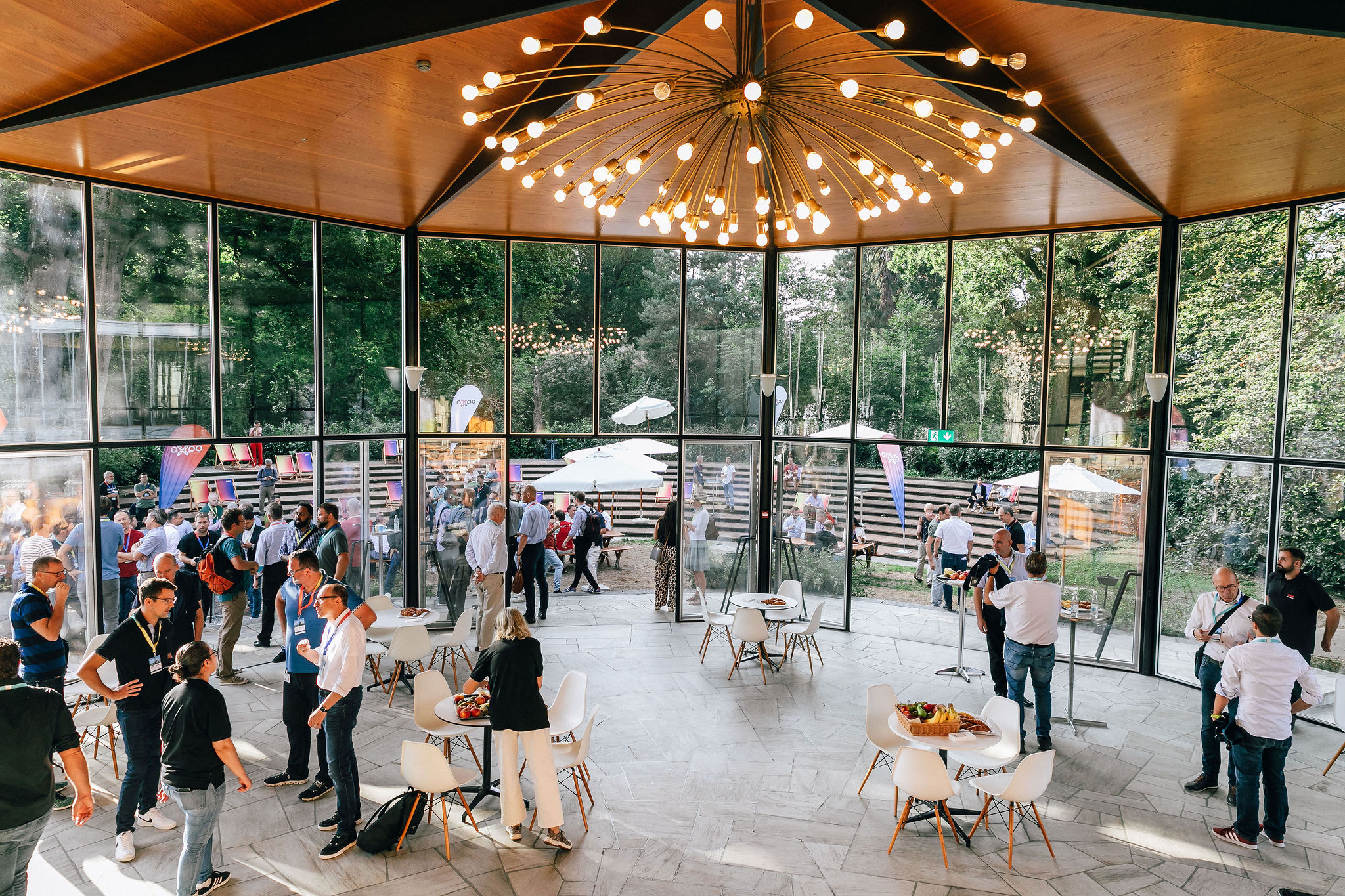
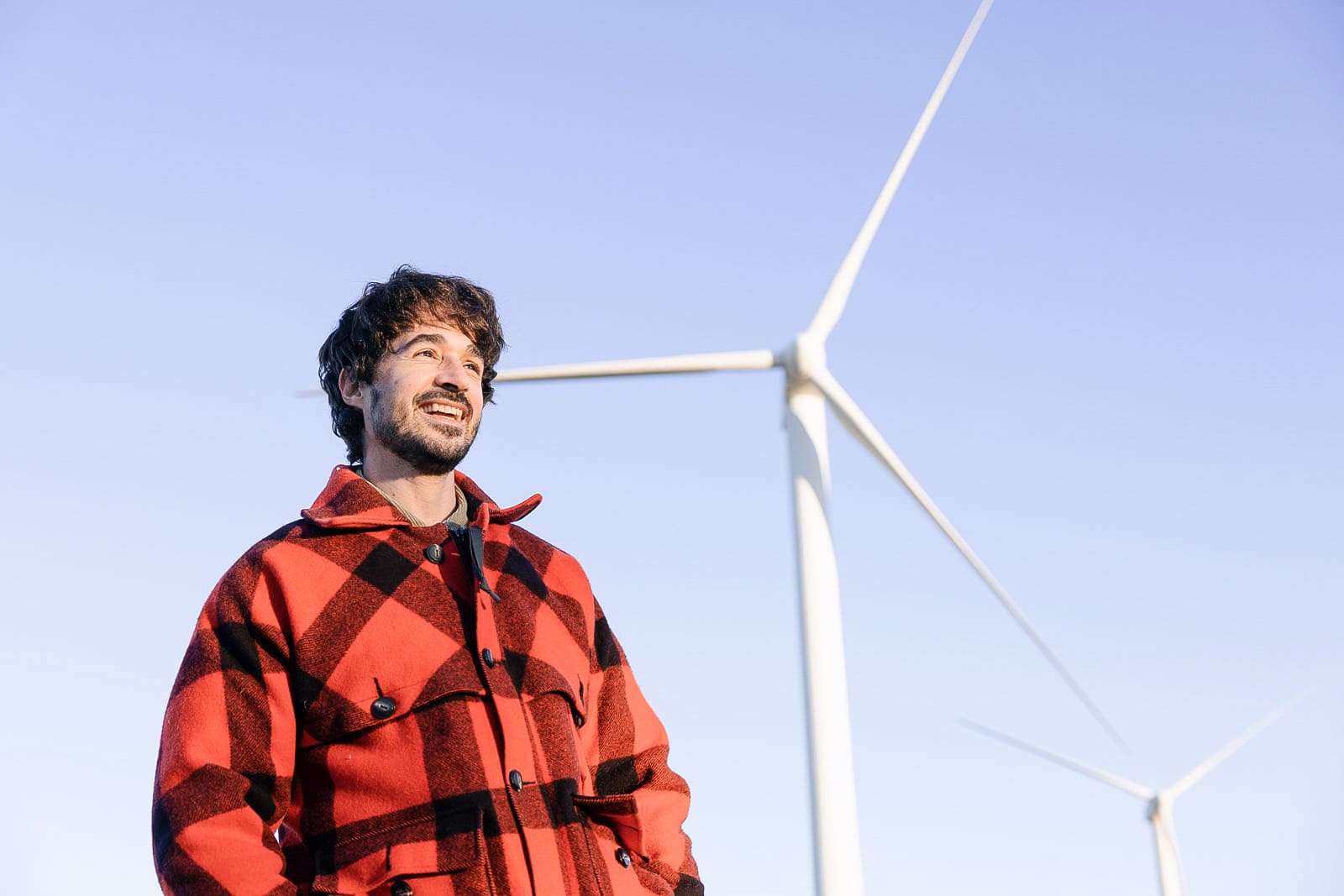
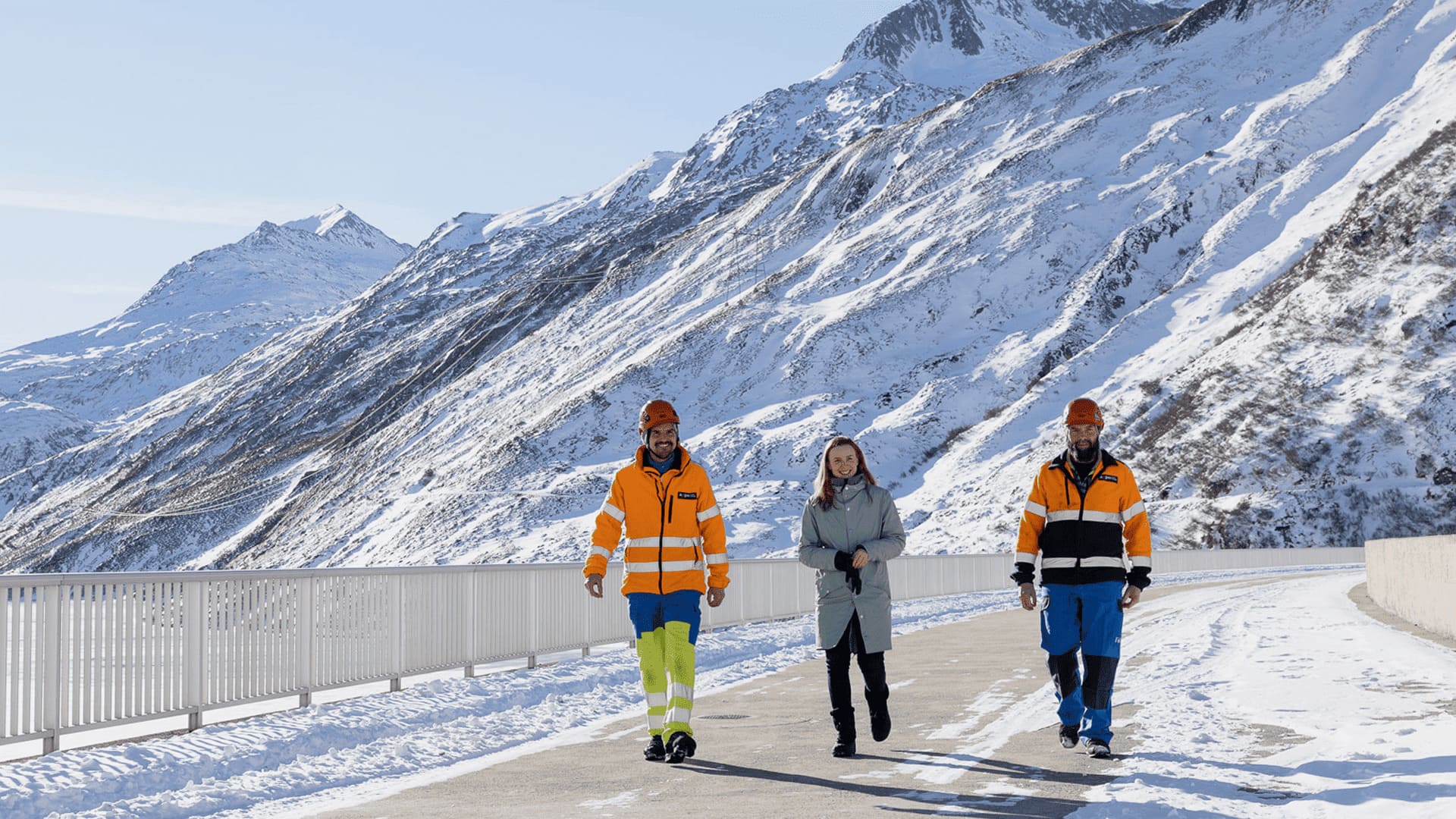
.jpg)

